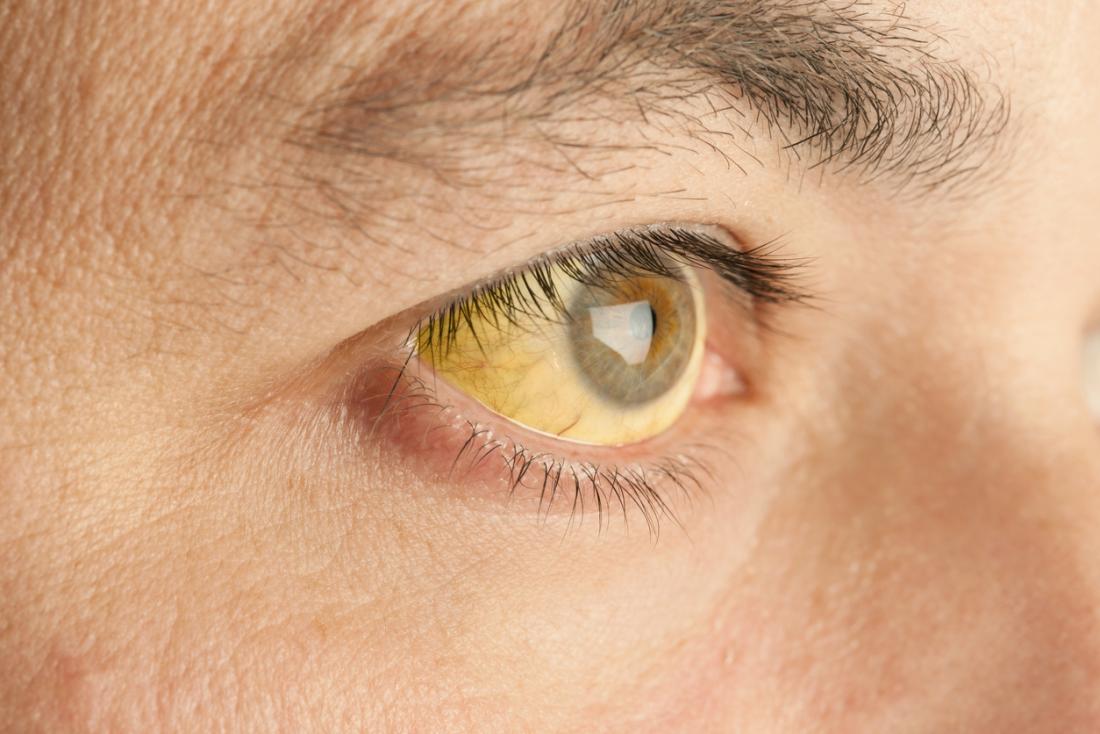
Urinary incontinence occurs when urine leaks from the bladder between trips to the restroom. There are several therapy options available. Yours will depend on the nature and severity of the problem.
Your physician may prescribe simple lifestyle adjustments, medication, or surgery. They will want to begin with the activities that have the least negative influence on your body. https://liverpool.la-lipo.co.uk/
Table of Contents
Behavioural Alterations
Changing your routines, or what physicians call behavioural adjustments, can assist with the two most common forms of incontinence: urge and mixed.
- Stress incontinence occurs when actions such as sneezing or lifting exert pressure on the bladder.
- Need incontinence, a sign of an overactive bladder, is an uncontrollable urge to urinate.
Occasionally, making minor adjustments to your everyday behaviours might help you manage urine incontinence:
- Bladder training.This entails regulating the frequency and timing of your restroom visits. First, you will keep a 24-hour journal to record information regarding your habits, such as what you drink and how you feel before leaks occur. This will assist your physician in creating a schedule for you. When you wait longer between toilet trips, your bladder expands and can store more liquid.
- Pelvic floor exercises.You may have heard about Kegel exercises. This is an easy approach to strengthen your pelvic floor, which might weaken after childbirth or with age. You will repeatedly contract and then release your muscles. This helps regulate urine flow.
- Quit smoking.It causes coughing, which makes it difficult to hold pee in. When you do it frequently, the bladder’s muscles might get inflamed. Furthermore, smoking is a leading cause of bladder cancer.
- Urgency reduction.This is a method for controlling the urgent need to defecate. This is a different form of bladder training. It may use a combination of mental diversion, deep breathing, and Kegel exercises.
Your physician may also recommend that you reduce your daily fluid intake and avoid coffee and alcohol. Losing weight may also be beneficial.
Medical Devices
These implants for the urethra — the tube through which urine from the bladder flows – might assist with stress incontinence:
- Insert for the urethra.This disposable item, which resembles a tampon, can prevent leakage during particular activities.
- Vaginal pessary.If your bladder has prolapsed, this ring-shaped device can provide support. It will be fitted and implanted at the physician’s office. It must be removed and cleaned, but its removal can assist prevent surgery.
Bulking Agents
Fillers such as carbon beads and collagen aid in the retention of urine by plumping up the tissues where pee is discharged from the bladder. This therapy is reserved only for stress incontinence. It can be administered through injection at the physician’s office. The fillers might diminish with time, thus it may be necessary to repeat the procedure.
Medication
In the form of a vaginal ring or vaginal cream, oestrogen replacement treatment helps to enlarge the region around the urethra and prevent leakage. It is effective for both forms of urine incontinence.
Sometimes, drugs like pseudoephedrine are used to strengthen the urethra, which can aid with stress incontinence.
There are several medications for urge incontinence. The majority function by relaxing the bladder and calming spasms that might create an urgent desire to urinate. It may require some trial and error to discover the optimal solution.
Botox may also assist with bladder relaxation. It is occasionally used to treat neurological disorders such as spinal cord injury and multiple sclerosis.
Surgery
If various treatments for stress incontinence fail, your physician may consider surgery. These surgeries have a very high rate of success. Emsella Nottingham
- Sling technique.This is the most widespread. Using mesh and tissue, your doctor will create a “hammock” to support your urethra. It may be performed as an outpatient procedure under local anaesthetic. This indicates that you will be awake and able to return home the same day.
- Retropubic colposuspension.If your bladder has sagged, your doctor may use this procedure in combination with others; he or she may use the word “prolapsed.” They will use stitches (sutures) to elevate and stabilise the tissue at the opening of your bladder.
Electro-Neural Stimulation
Electrical pulses can be utilised to stimulate and alter the bladder’s response. This helps to suppress the need to urinate. These methods are not used to treat stress incontinence.
- Sacral nerve stimulation.This treatment is carried out under sedation rather than general anaesthesia. Where your sacral nerve is located in your lower back, your doctor will implant a stimulator, similar to a pacemaker, beneath your skin. These painless electrical impulses prevent your bladder from signalling your brain that you need to urinate. Additionally, they can strengthen pelvic muscles and enhance blood flow to the bladder. In addition, they release analgesic substances.
- Tibial nerve stimulation.This technique does not necessitate anaesthesia and is performed in an office setting. The stimulator stimulates the tibial nerve, which is situated in the ankle. This transmits electrical stimulation to your spine, where it affects the bladder-regulating neurons.
Extra Measures
Medical therapies can help you get control of your illness. Occasionally, though, you may want additional security to increase your confidence and comfort. These could consist of:
- Catheter.If your bladder remains partially full after urinating, your doctor might instruct you on how to use a catheter. It is a thin, flexible tube that is inserted into the urethra. You may insert it yourself, maintain its cleanliness, and use it as needed during the day.
- Pads.Adult absorbent pads and underwear have become exceedingly modest and minimalistic. They are available nearly anywhere and can be worn at any moment.







